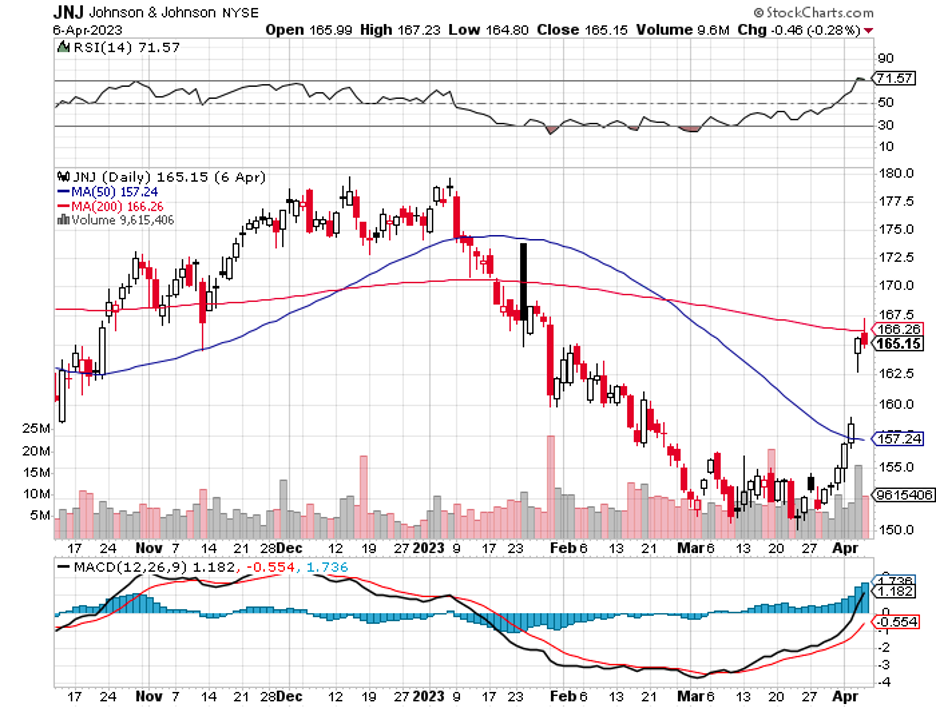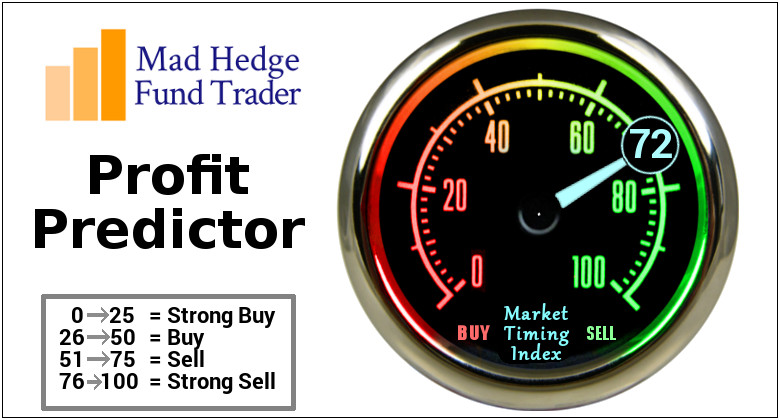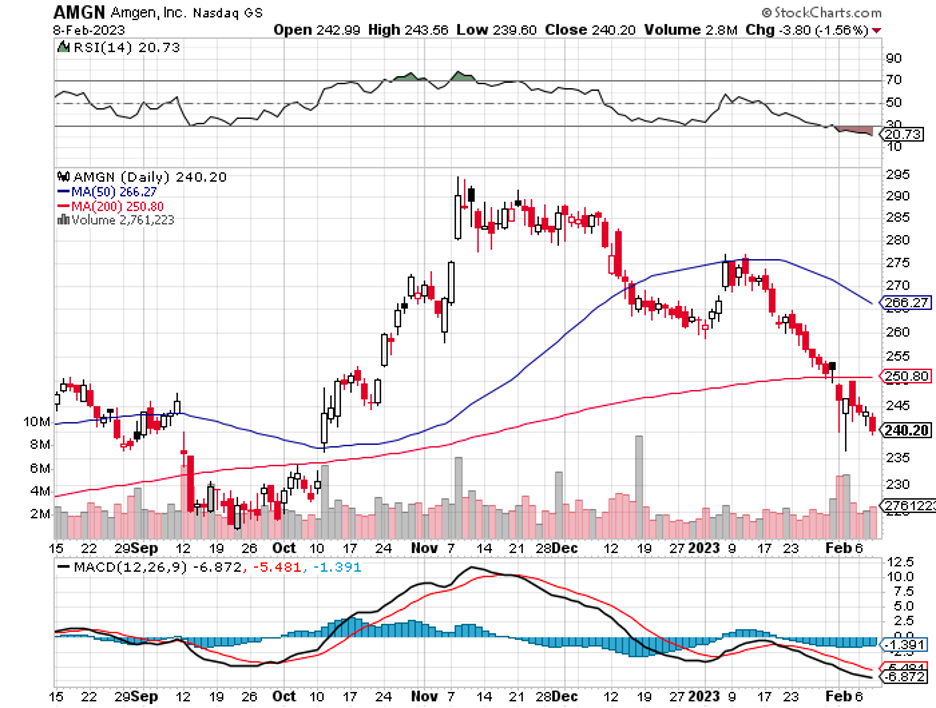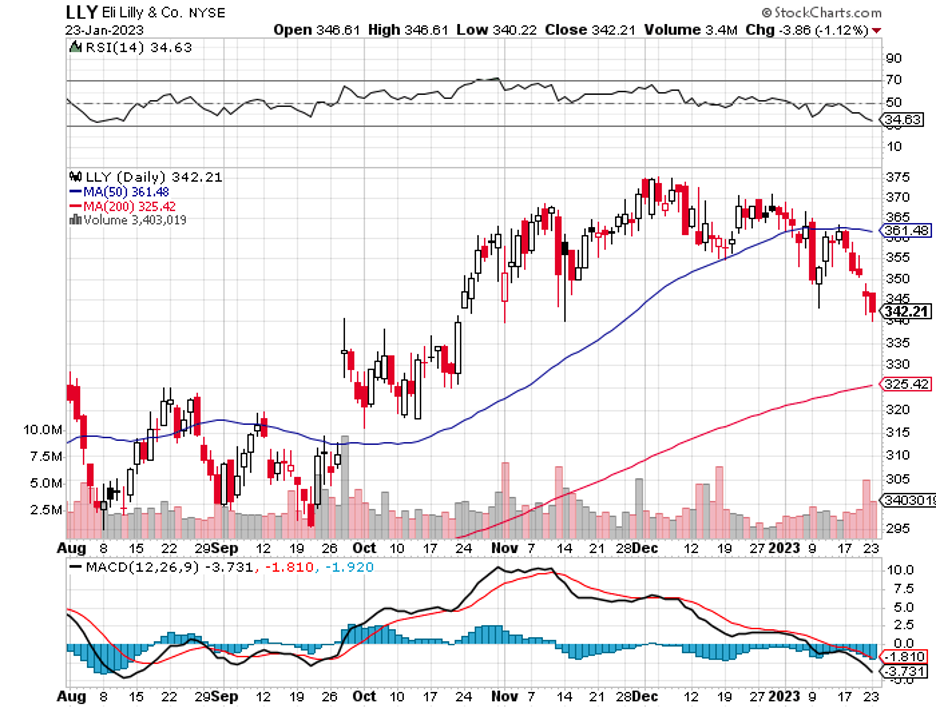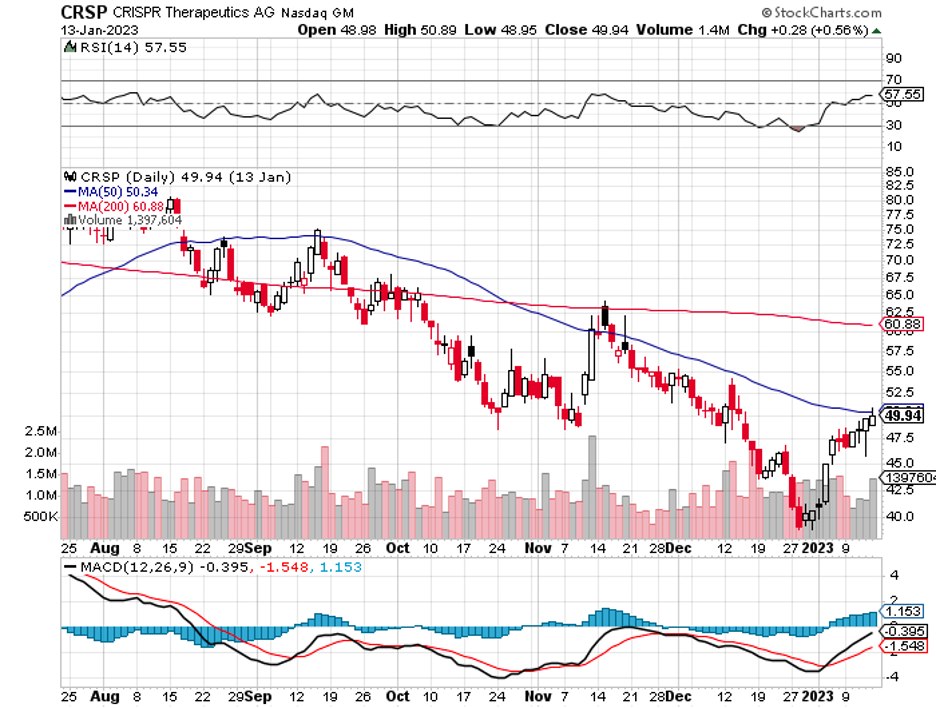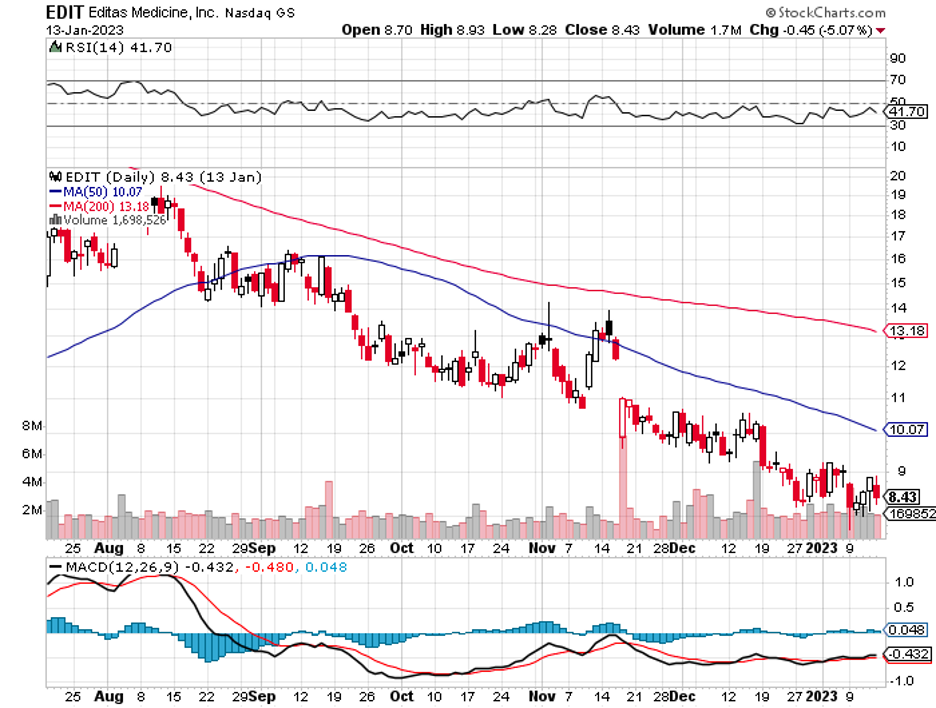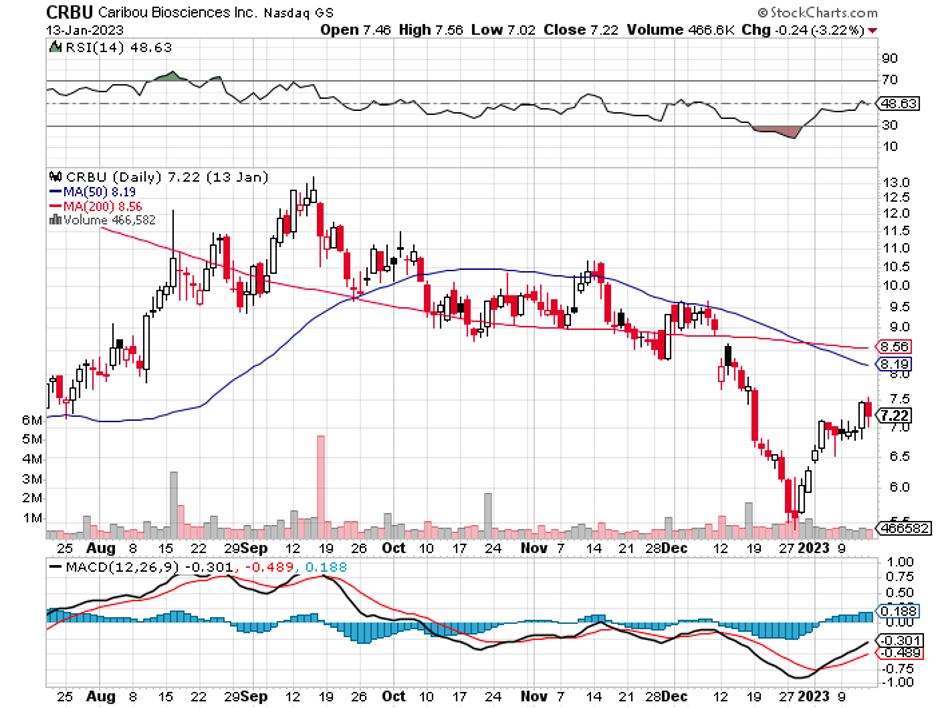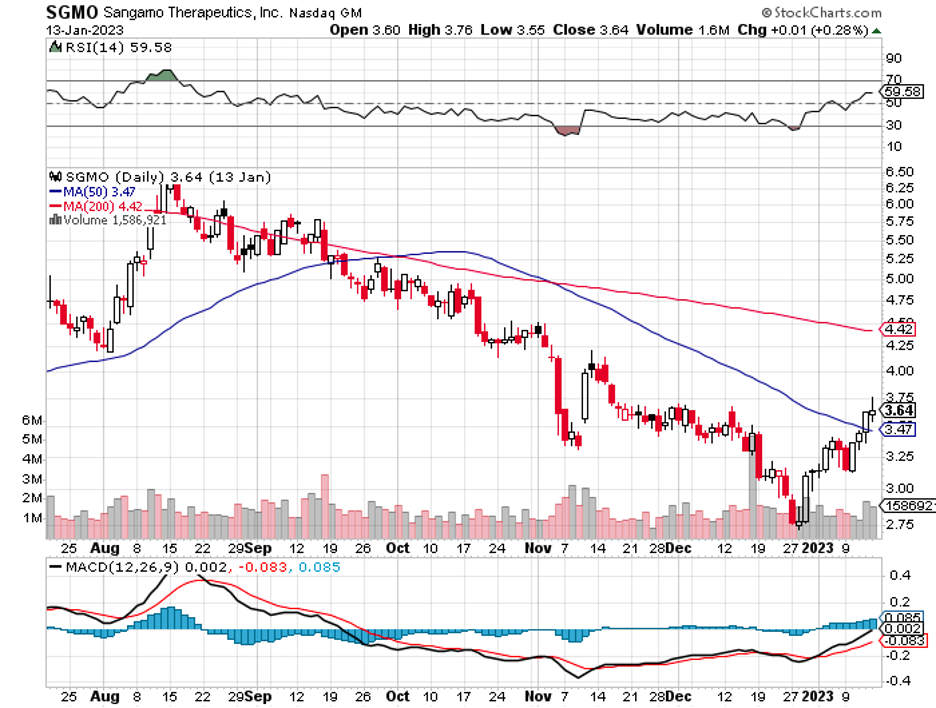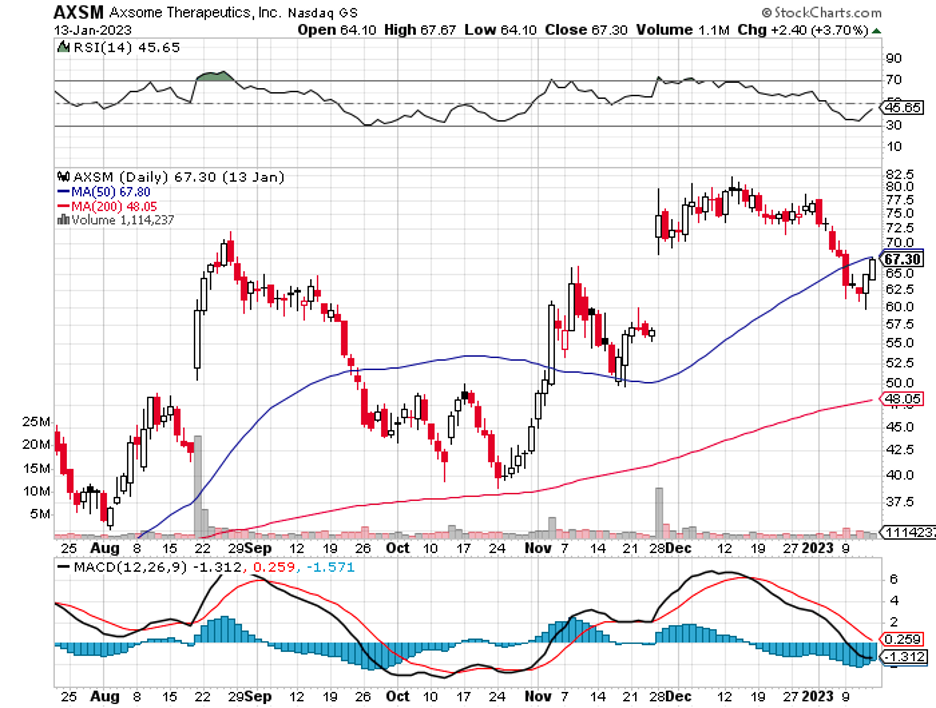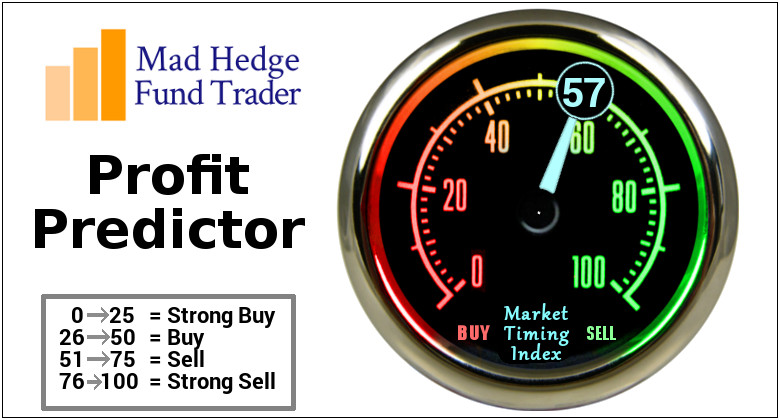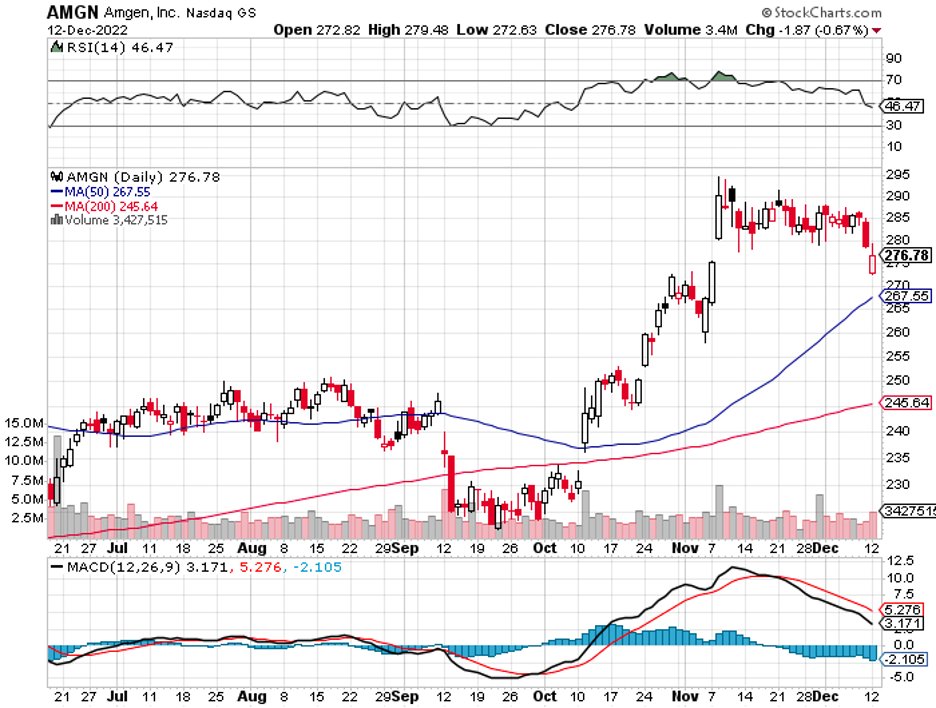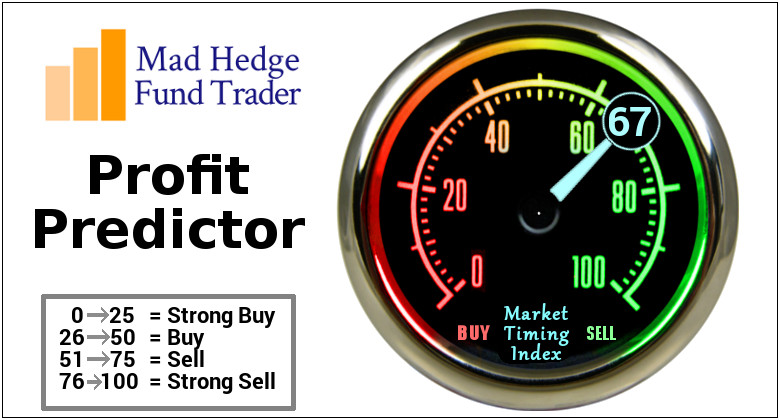During times of market turbulence, many investors may find themselves hesitant to participate due to the uncertainty and risks involved. However, one potential strategy to weather the storm could be to seek out dividend stocks.
By investing in these types of equities, individuals can find a sense of stability and security, as they often offer a reliable source of income regardless of market fluctuations. In short, dividend stocks can serve as a safe harbor amid a choppy investment climate.
If you're looking for a healthcare stock with some serious street cred, check out Johnson & Johnson (JNJ).
Before delving into the company, knowing that JNJ’s stock price isn't exactly bargain-bin material is crucial. Still, it's not the most expensive pharmaceutical company out there, either. Novo Nordisk (NVO) and Eli Lilly (LLY) are commanding higher valuations, while JNJ’s peers like Amgen (AMGN), Gilead Sciences (GILD), AbbVie (ABBV), and Bristol-Myers Squibb (BMY) are trading at a lower price-to-free-cash-flow ratio.
Let's not forget that JNJ isn't just a one-trick pony in the pharmaceutical game.
With around 30% of its revenue from medical devices, we can't compare it apples-to-apples with other pharma companies. Peers in the medical devices sector typically trade at higher valuation multiples, so it's essential to keep that in mind when evaluating JNJ's price-to-free-cash-flow ratio.
Moreover, this mega-brand dominates both the pharmaceutical and consumer goods scenes. With fingers in many pies - pharma, med tech, and consumer goods - JNJ has made quite the name for itself.
Despite being a seasoned player, Johnson & Johnson (JNJ) still has some spring in its step; come year-end, the company will be shaking things up with a spin-off of its consumer segment into a new entity, Kenvue.
JNJ’s upcoming spin-off is about sharpening its focus on what matters - its pharma business. And for good reason - this is where the big bucks are made.
The healthcare giant’s immunology and cancer drugs are outperforming the rest of the pack, with two key players, Stelara and Tremfya, delivering some serious sales growth last year. Together, they raked in a cool $12.3 billion, proving that sometimes, less really is more.
JNJ’s pharma segment is crushing it. Darzalex, the multiple myeloma med, racked up an impressive $8 billion in sales, a 32% boost from the previous year. Meanwhile, prostate cancer drug Erleada wasn't far behind, with a 45.7% increase in sales to $1.9 billion.
All in all, JNJ's pharma segment hauled in a massive $52.5 billion in revenue in 2022. Not too shabby.
Looking deeper into its performance in fiscal 2022, JNJ reported a slight increase of 1.2% YoY in sales, reaching $94.9 billion, but currency effects had a negative impact. However, adjusted earnings per share increased by 3.6% YoY, with operational growth at 9.2%.
The "Consumer Health" segment reported a 0.5% decline in revenue, but adjusted operating growth was 3.6%.
The "Pharmaceuticals" segment, responsible for more than half of revenue, increased sales by 1.7% YoY to $52.6 billion, with operational growth at 6.7%.
The "MedTech" segment increased revenue by 1.4% YoY to $27.4 billion, with operational growth at 6.2%.
For fiscal 2023, Johnson & Johnson is expecting revenue growth of 4.5% to 5.5% and adjusted earnings per share growth of 3% to 5%.
Despite the positive reports, JNJ investors are still anxious about the future primarily because of the impending patent expirations of existing products. Unfortunately, the company is heading towards a patent cliff, as it faces the challenge of replacing revenue from products with expiring patents.
Stelara generated $9.7 billion in revenue in fiscal 2022 and will lose patent protection in 2023. Simponi, which generated $2.2 billion in revenue in fiscal 2022 and will lose patent protection in 2024, are two of the biggest concerns.
These two products account for 12.5% of the company's total revenue and 22.5% of the pharmaceutical segment revenue. Replacing these sales will not be an easy feat.
Additionally, in 2027, JNJ will lose patent protection for two other vital drugs - Xarelto and Imbruvica, which generated $2.5 billion and $3.8 billion in revenue in fiscal 2022.
To resolve these concerns, JNJ is putting its money where its mouth is regarding innovation. The company invested a whopping $14.6 billion in R&D in 2022 alone, and it looks like it's paying off. With plenty of promising drugs in the pipeline, JNJ is poised to continue its growth trajectory in the coming years.
When it comes to dividends, JNJ is royalty. With a 60-year track record of annual dividend increases, JNJ company has earned the coveted title of Dividend King.
JNJ boasts a healthy payout ratio of 41% and a juicy dividend yield of 2.8%, well above the S&P 500's average yield of 1.7%. The company's steady cash flow quickly covers these payouts, making it a solid choice for investors seeking reliable income.
While JNJ may be a top-notch investment option in the long run, the current market conditions make it a tad pricey. So, for now, just give it a spot on your watchlist and wait for the dip to go for a bargain. Remember, patience is not just a virtue but also a lucrative strategy in investing.

